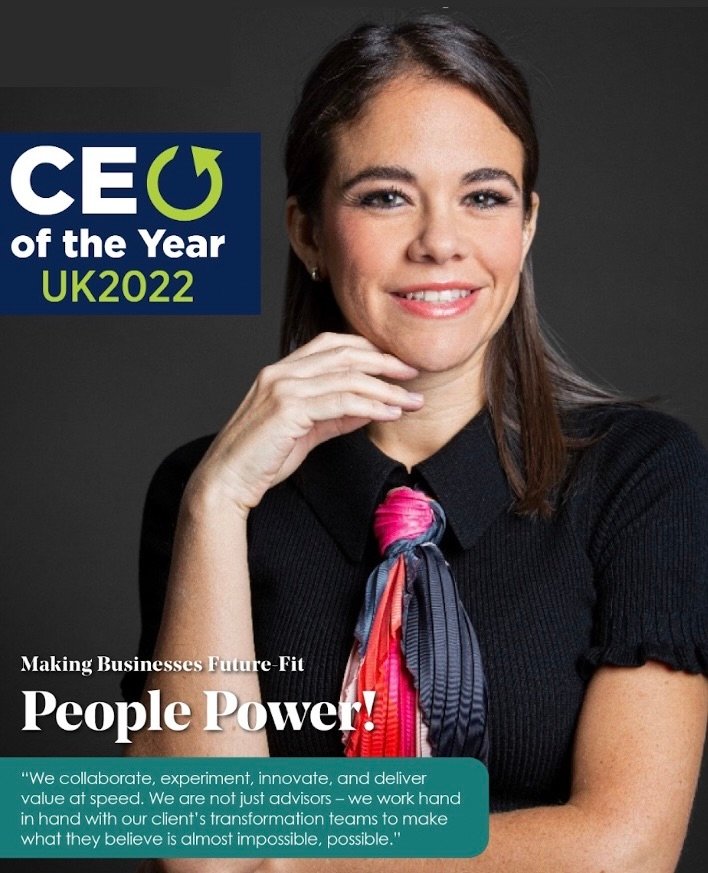“People don’t want to hear about the climate change crisis (now). I completely understand that, but we must make sure that it’s not forgotten. We need to treat both crises at the same time because the climate crisis will not go away” stated Greta Thunberg a few days ago. What to prioritise when lately everything appears to be a priority?
All around the world managers and leaders have that same feeling right now. How on earth do you prioritise between short-term and long-term? Where to invest and where to cut costs? Should we focus on the consumer, our people, or the stakeholders, when all are critical?
When in crisis, the priority is clear: survival. All efforts and resources should be focused on keeping people safe and healthy while stabilising the business. Nevertheless, critical danger doesn’t normally last too long. Therefore, it’s important for businesses and people alike, not to remain in limbo, but rather to move as quickly as possible to define new priorities, face new challenges and adapt to a new context. This will lead many to discover that priorities have been turned upside down. The main priority of two weeks ago is no longer a priority. What was labelled critical at the beginning of the month, is no longer viewed with the same urgency. Moreover, those projects and initiatives that before the crisis where ‘nice to have’, have now jumped to the top list: remote work, e-commerce, agile, digital – just to mention a few.
This crisis has already seen a dramatic shift. Leaders who are trying to move away from the directive style of management are asking people to prioritise their work, empowering them to decide which tasks or initiatives to focus on and which to postpone or delay like never. Nevertheless, it’s not as simple as just telling people just “stop doing what isn’t important”, or “please focus just on the things that matter”. One senior director in the consumer goods industry – himself juggling for urgent cash-flow solutions, moving a team of 80 to homeworking and two young children at home – this week told us: we all used to think we knew how to prioritise until everything has become a priority. Prioritising in stable, predictable environments was somehow easy to do. Now, with the speed and magnitude of change and chaos, those days are over.
Dynamic Prioritisation is a capability of businesses and people for the 21st century. We have defined it as; the ability to continuously focus only on those tasks, activities, goals, initiatives or even strategies that can deliver the maximum business value, in the least amount of time, and at this precise moment.It is about having extreme agility and being able to change quickly, wisely and ruthlessly, but most of all knowing exactly where you want to go.
Here are what we believe are the three imperatives for effectively building dynamic prioritisation capability:
1. Leadership Skills: A clear and shining star guiding everyone.
For business leaders — This means having a clear vision of what they stand for and what provides them with purpose in their life and in their business. It means being able to change and adapt continuously to the context, but also not to be easily led astray by the next fad. When business leaders embrace their true vision, they can explore the full range of motion without fear of being thrown off. Nevertheless, leaders also need to be able to clearly communicate business priorities, so that individuals and teams can easily decide where to focus. It needs to be crystal clear what the vision, expectations and targets are while leaving no room for misunderstanding. When people are fully informed about the aim, what they are expected to do and are given the freedom to decide how to get there, dynamic prioritisation comes to life.
2.Agile Mindset: An attitude and way of thinking towards change.
We all know that we’re in an unprecedented time, but despite each day bringing greater fear and challenges, we should all try to avoid the doom-and-gloom mindset. People need to feel comfortable with surprises and with constantly changing routines and routes. If there is alignment, clarity and desire to get to the end destination, even if you need to change paths, or alter direction along the way, that’s perfectly ok. People and leaders need to avoid feeling frustrated when last month’s priority now lies at the bottom of the list, even when it still feels like something important to them.
3.Technology, Tools & Processes: Enablers that power up real-time prioritisation.
It’s not enough to just have a set of leadership competencies. It is also important that people experiment with minimal barriers to be able to prioritise dynamically. Companies need to have processes and technology in place that enables communication, collaboration and real-time prioritisation. People need to not only understand what the vision or companies’ goals are, but also to be constantly updated on the team’s short-term goals and those of each team member. Tools could also include having accesses to an analytics system that collects more accurate points of data and other information to generate valuable insights or technology that enables data-driven decision making.
Let’s not forget that optimising performance is also about matching technology to support the ways of people working.
The benefits are clear: When people have extensive and up-to-date information, clarity about what they’re expected to achieve, an agile mindset with minimal barriers in their way, they have the possible chance to overcome whatever challenges might arise.




